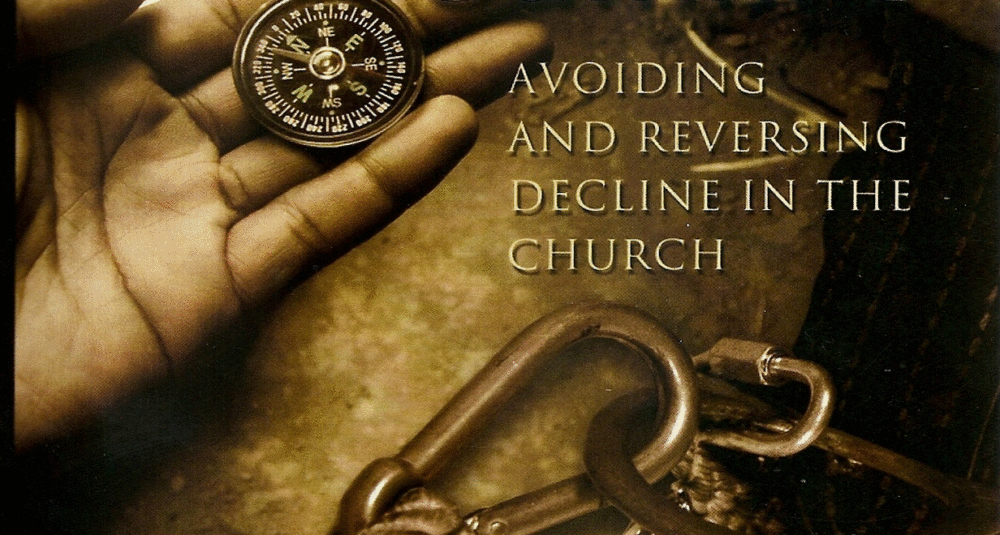Have you ever walked into the aisle of a small hardware store and noticed everything covered in dust? I am talking about dust on dust on top of dust. I’ve seen dust so thick that you could not read the writing on the package. My first thought is, “How do they expect to sell anything in this condition?”
Have you ever been in a bowling alley or other independently owned business and noticed cracks in the floor, broken floor tiles, or torn places in carpet, and perhaps even broken window panes. Other businesses are so cluttered and disorganized that it is difficult to shop. Perhaps like me and many others you wonder how these places can stay in business.
If we were to look at our churches and our class rooms with the same eyes, we might see many similar situations. I know you do not want to believe that about your class room, but it is true of many of our churches.
We tend to overlook what we get use to seeing. What may start out as a small stack of left over quarterlies turns into a stockpile of previous years lessons. And the posters –if we take them off the walls– start another pile in another corner of the room. And that small stand at the front of the room was placed there for the teacher to place her two markers and eraser. Now on it lies three different Bibles left behind, several magazines, greeting cards, and a stack of unused napkins. And what about the carpet ravels, the scuffed up floors, and walls? “Oh, that light? That one hasn’t worked for three years!”
I have been in many of our churches and seen these and other circumstances including broken windows covered with cardboard and plastic, yet the church members could not remember how long the window had been in this state of disrepair.
If your church has a light fixture that isn’t working, instead of calendaring how long it has not worked, why not ask, “What can we do to get this light operating again?” You and your fellow members may be used to the unlit area. But to a guest it is an area of darkness. Darkness represents the unknown and most people do not wish to venture into the unknown.
You see, it is easy to overlook these things because we are use to seeing them this way. We may see the disrepair at first, but after walking past it for a time it becomes the natural to us and we tend to overlook the obvious need to repair. However, to a guest this is like walking into a hardware store with dust so thick they want to ask, “How can you as a church stay in business?” What message are we sending to our guests and new members?
Broken floor tiles and window panes, torn carpet, piles of clutter, broken light fixtures, dust and cob webs speak loudly to others about your church. And the voice heard is this, “We (the church) do not care about our facility.” The human mind hears this as we do not care. In other words by leaving things in disrepair we are telling guests and visitors, “We do not care about you.”
It is time to take a walk-thru (with the eyes of a guest) and see what can be discarded and what can be cleaned up, painted, or repaired to make each area of your church more appropriate for a welcoming, teaching/learning environment.
George's blog
Christ's Awareness Raised Everyday
